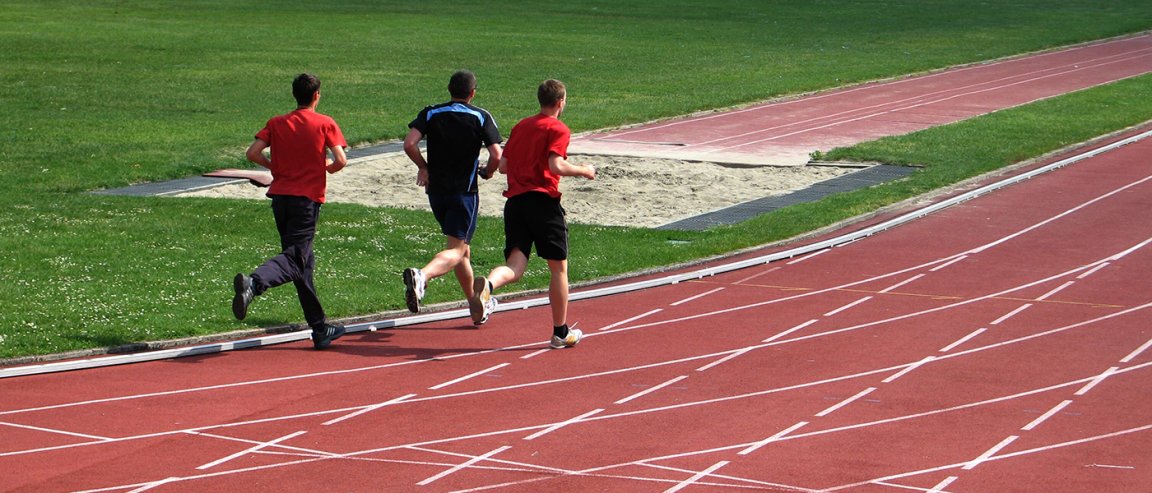
Why We Age
In the absence of an actual fountain of youth, people have turned to drugs, creams, and even blood to prevent aging. But it turns out one of the best ways to combat the inevitable was right under our noses all along—exercise.
As we get older our cells lose their ability to generate energy effectively, which leads to the physical changes we associate with aging. Research led by Sreekumaran Nair at the Mayo Clinic reveals that high intensity interval training (HIIT) can help reverse those effects.
The study included volunteers from two age groups, one between 18 and 30, and the other between 65 to 80. These groups were then divided into three: one received HIIT, another received weight training, and the third group was given a combination of both. All volunteers had to engage in the regimen for three months, and muscle biopsies were taken before and after for comparison.

Aging actually happens at a cellular level. As the mitochondria (“the powerhouse of the cell”) declines with age, it leads to many age-related conditions — everything from worsening eyesight to cancer. HIIT training — which involves short bursts of intense physical activity, mixed with periods of lower-intensity exercise — can apparently boost the mitochondria’s ability to generate energy by 69 percent among older subjects, and 49 percent in a younger group.
Perhaps the most telling sign of cellular aging is when the body begins to have difficulty with specific functions, such as the muscle’s ability to burn excess blood sugar — which could lead to diabetes. HIIT training lead to not just a halt in the decline, but even reversed it. “After three months of interval training, everything converged towards what we saw in young people,” says Nair.
Exercise Keeps You Young
In addition to positive impact on a cellular level, the training also provided a major improvement in lung, heart, and circulation health. The amount of oxygen the younger group could inhale rose by 28 percent, and rose by 17 percent among the older volunteers.
Among the group that was given weight training instead of HIIT, no mitochondrial or respiratory improvements were observed. Under this exercise regimen, the best benefit received was gaining muscle mass. In the group that received a combination of both, oxygen consumption rose by 21 percent among older volunteers, and showed intermediate results. In a statement announcing their research, Dr. Nair said:
Based on everything we know, there’s no substitute for these exercise programs when it comes to delaying the aging process. These things we are seeing cannot be done by any medicine.
Other research centered around anti-aging efforts are also making significant strides: a drug called metformin, which has long been used to treat diabetes, has just been approved for clinical trials involving its potential age-related applications. A separate study claims to have formulated a drug that can help slow down the aging process. Having a deeper understanding of genetics has also helped scientists gain new insights into how we can effectively slow physical aging and the onset of age-related diseases.
Given these findings, combined with numerous breakthroughs in the field, we may be closer to the fountain of youth than we think.